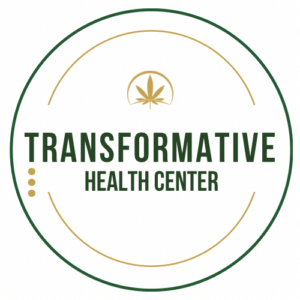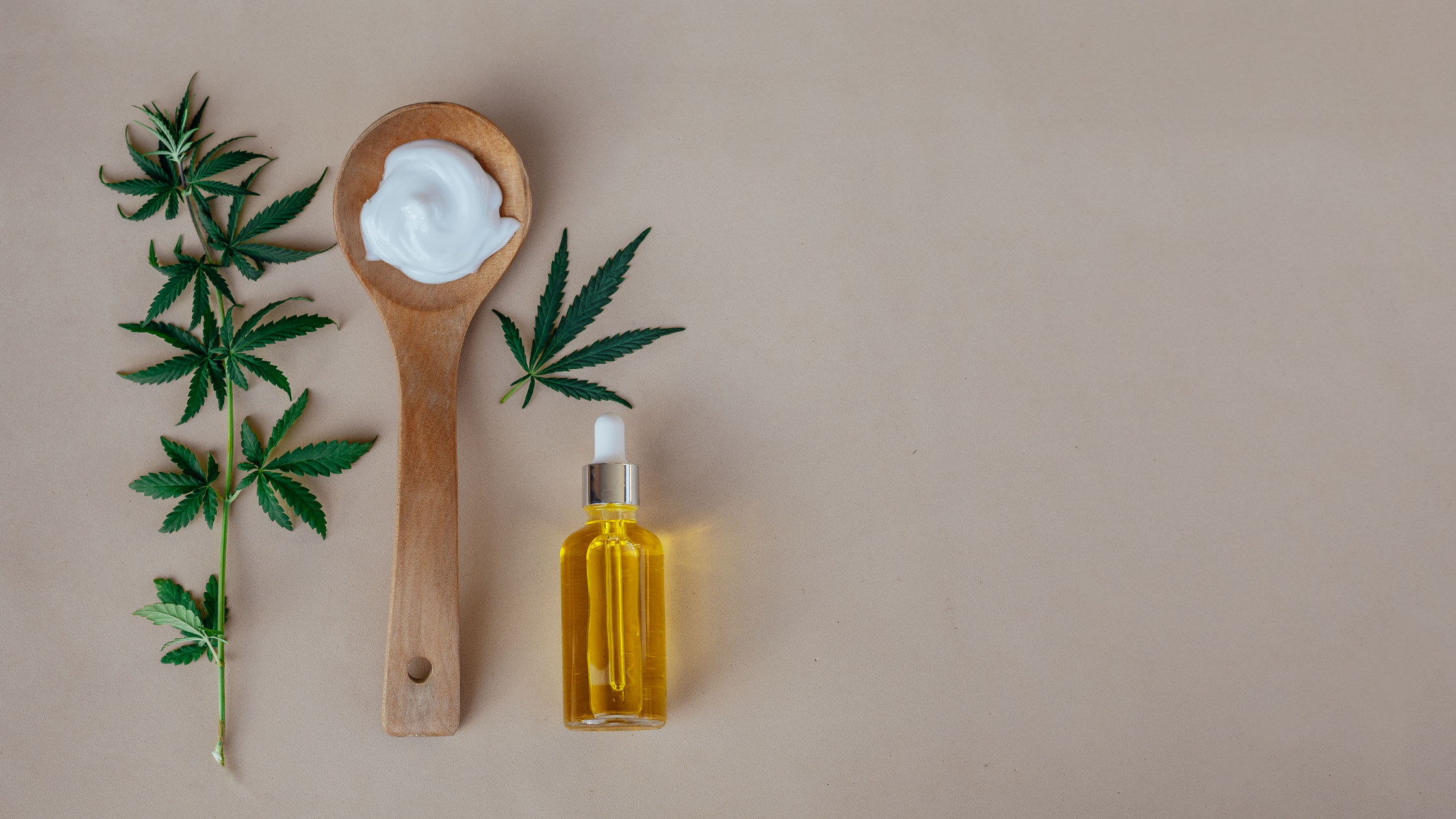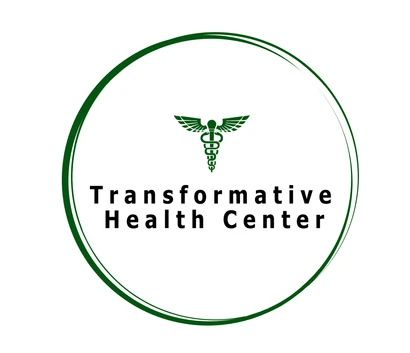Medical marijuana is a botanical product that comes from the cannabis sativa plant. The buds and leaves of this plant contain chemicals called cannabinoids (a type of chemical compound) that produce certain effects on humans. More than 1.8 million Americans use it for potential support with various physical and mental ailments.
Does Medical Marijuana contain THC or CBD?
THC (tetrahydrocannabinol) and CBD (cannabidiol) are the two most common cannabinoids in medical marijuana.
However, it depends on the type of plant. Most varieties of medical marijuana are indica strains that contain higher amounts of CBD than THC. Others are sativa strains with more THC than CBD, though this is less common than high-CBD medical marijuana. But within each variety, there can be significant variation in the ratio of CBD to THC.
What Is THC?
THC is the primary cannabinoid in medical marijuana. This chemical works by attaching to certain receptors in the brain and increases dopamine production, resulting in possible pain relief and muscle relaxation. These effects may potentially help with symptoms of nausea, vomiting, reduce anxiety, relieve multiple sclerosis spasms or cramps or simply give you a case of the munchies.
Other possible medical effects of THC on humans include:
- Euphoria
- Increased appetite leading to weight gain
- Reduction in diabetes symptoms
- Anti-seizure effects (particularly in childhood epilepsy)
- Pain relief and reduction of inflammation, which helps with symptoms of arthritis and neuropathy
The amount of THC in medical marijuana varies widely depending on the strain, method of growing and processing methods. Some strains contain more than 20% THC, while hemp leaf contains less than 1% THC.
What Is CBD?
CBD is the second most common cannabinoid in medical marijuana. Unlike THC, CBD does not produce a euphoric “high” and has no psychotropic effects. However, it is potentially helpful with supporting the treatment of certain health conditions and symptoms.
CBD works by attaching to receptors that impact immune function, pain and the body’s endocannabinoid system – a group of neurotransmitters and receptors. The human body naturally produces endocannabinoids that impact the body and brain, and it helps regulate things like sleep, pain sensation, mood and appetite.
CBD is may potentially provide support with:
- Inflammation: CBD has possible anti-inflammatory properties that may help reduce acne and a host of other health problems, such as nausea and lethargy caused by chemotherapy treatments or pain from rheumatoid arthritis, among others.
- Stress and anxiety – CBD is an anxiolytic, and it may reduce feelings of panic or stress in some patients.
- Neurological disorders such as epilepsy and multiple sclerosis – There have been numerous studies that support the use of CBD for the treatment of seizures, especially in children. CBD has the potential to possibly reduce muscle contractions and tremors for those with multiple sclerosis.
- Neuropathic pain (pain from damaged nerves)
- Chronic pain
Medical marijuana is not legal in all states or countries, but CBD can be found as a food supplement in many health stores and pharmacies that sell products containing little to no THC. CBD oils are usually recommended because they’re stronger than CBD pills and capsules, which give you more bang for your buck.
The amount of CBD in medical marijuana is also highly variable, ranging from less than 1% to more than 20%. CBD comes from cannabigerolic acid (CBGA) and similar enzymes that interact with THC to create cannabinoid molecules. The enzyme CBDA transforms CBGA into CBD.
The potiental benefits depends on the severity and duration of symptoms. Therefore, there is no one-size-fits-all approach when it comes to medical marijuana support.
If you want to use medical marijuana, consult a healthcare professional and research the different strains available. If you choose to, discuss with a physician who’s familiar with medical marijuana. It is safe and legal in many states and countries, but it may not be covered by insurance, depending on where you live. Research local dispensaries and the laws governing medical marijuana in your area.
Takeaway
If you would like to know more about medical marijuana, its constituents, benefits, and side effects, contact us by filling this form.
 Skip to content
Skip to content


